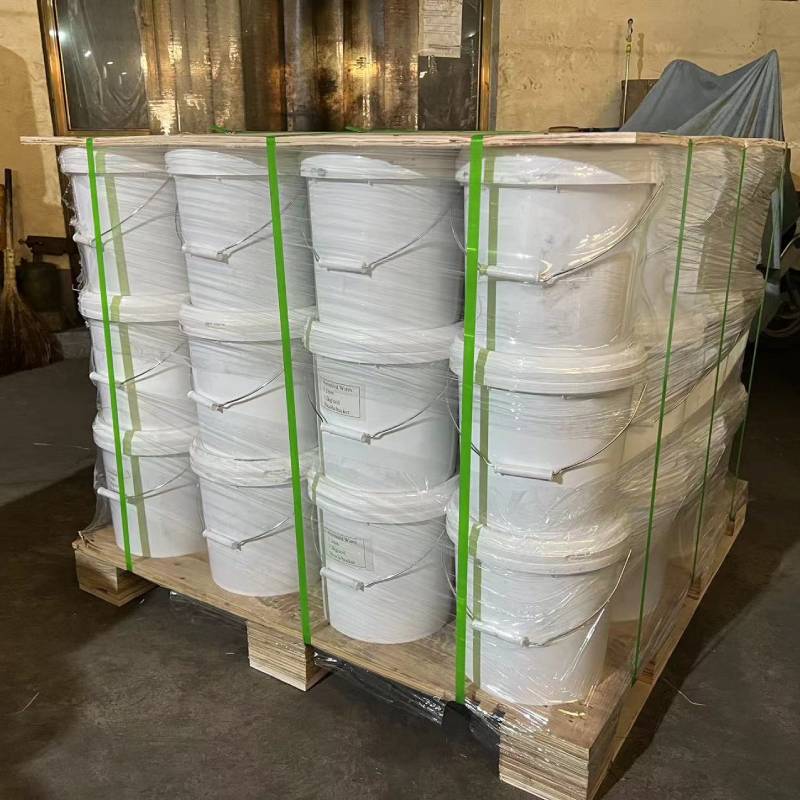
- Mobile Phone
- +8613931874955
- sales@cntcmetal.com
Understanding the Causes and Implications of Cavity Wall Tie Failure
Understanding Cavity Wall Tie Failure
Cavity wall ties play a crucial role in maintaining the structural integrity of cavity walls, which consist of two separate walls with an air space in between. This design is commonly utilized in construction for its excellent insulation properties and moisture resistance. However, over time, cavity wall ties can fail due to various factors, leading to significant structural issues and potential safety hazards. This article explores the concept of cavity wall tie failure, its causes, implications, and prevention measures.
What Are Cavity Wall Ties?
Cavity wall ties are metallic components that connect the two walls of a cavity wall system. They provide stability and support, ensuring that both walls work together flexibly and efficiently under various stresses, such as wind loads and thermal expansion. Typically made of galvanized steel, stainless steel, or other corrosion-resistant materials, these ties are essential for preventing the walls from moving apart or experiencing differential settlement.
Causes of Cavity Wall Tie Failure
Cavity wall tie failure can occur due to several reasons
1. Corrosion One of the predominant causes of tie failure is corrosion, especially if the ties are made from materials that are not adequately resistant to moisture and environmental conditions. Over time, especially in wet climates, corroded ties can weaken and eventually break, compromising the wall's structural integrity.
2. Poor Installation If cavity wall ties are not installed correctly—whether due to improper spacing, inadequate embedding, or wrong alignment—they may not function as intended. This can lead to premature failure under stress or lateral movement.
3. Thermal Movement Cavity walls expand and contract with temperature fluctuations. If wall ties do not accommodate these movements adequately, they can incur stress that leads to fractures or separation.
what is cavity wall tie failure

4. Moisture and Water Ingress Excess moisture can exacerbate corrosion rates and damage the ties. If the cavity gets flooded or if water enters the wall system, it can lead to the deterioration of wall ties and other structural elements.
5. Age and Material Fatigue Over time, even the best materials can weaken. Aging wall ties may become susceptible to fatigue and fail to perform adequately, especially in older constructions where building materials have not been maintained or inspected regularly.
Implications of Cavity Wall Tie Failure
The failure of cavity wall ties can have severe implications. It may result in structural instability, leading to cracks in the walls, bowing, or even complete wall collapse in extreme cases. Not only does this compromise the safety of the building, but it can also lead to significant repair costs and lower property value. Moreover, residents may face discomfort due to ineffective insulation, leading to increased energy costs.
Prevention and Maintenance
Preventing cavity wall tie failure requires proactive maintenance and inspection. Regular checks for visible signs of corrosion or deterioration, especially in areas prone to damp conditions, can help identify issues before they escalate. Using advanced materials, such as stainless steel or polymer-coated ties, can also reduce the risks associated with corrosion.
Moreover, ensuring proper installation of cavity wall ties and adhering to construction standards is vital. Building owners and inspectors should also ensure that there is no water ingress due to poor drainage or inadequate flashings. Regular maintenance of the external facades and gutters can significantly reduce moisture-related issues.
In conclusion, understanding cavity wall tie failure is crucial for maintaining the integrity and safety of cavity wall structures. By acknowledging the causes and implications of tie failure, property owners and builders can take necessary precautions to ensure their buildings remain safe, structurally sound, and energy-efficient for years to come.
share:
-
Wall Ties for Concrete: Invisible Guardians of Building Structural StabilityNewsAug.08,2025
-
Timber Frame Wall Ties: Stable Bonds for Load TransmissionNewsAug.08,2025
-
Stainless Steel Woven Wire Mesh: A versatile material from boundary protection to functional supportNewsAug.08,2025
-
Powder Coat Coil Springs: Creating peace of mind and reliability with sturdy protectionNewsAug.08,2025
-
Floor Standing Sign Holder: A Powerful Assistant for Flexible DisplayNewsAug.08,2025
-
Binding Iron Wire: An Invisible Bond for Building StabilityNewsAug.08,2025
-
Yard Sign Stakes: Reliable Guardians of Outdoor SignsNewsAug.04,2025



















